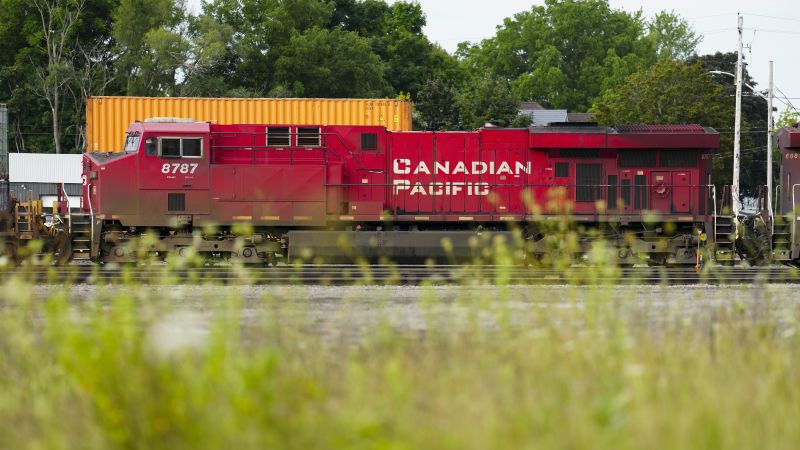Canadian Labor Minister Steve MacKinnon stepped in to end the shutdown of Canada’s two major freight railroads by referring the labor dispute to binding arbitration. The Canada Industrial Relations Board was directed to assist in settling the collective agreements, and activities were ordered to resume while the current agreements were extended. This move came after both Canadian National and Candian Pacific Kansas City Southern had shut down their networks due to an impasse in negotiations with the Teamsters union representing 9,000 workers.
Acknowledging the fundamental impasse between the two parties, MacKinnon emphasized the government’s duty to ensure industrial peace in the vital rail sector. The union had advocated for an agreement through bargaining, attributing the dispute to railroads’ negotiators’ greed and management demands that could impact rail safety and employees’ quality of life. However, business groups and officials from both Canada and the United States had urged intervention to prevent economic damage resulting from the rail shutdown.
The conversations with Americans regarding similar labor conflicts and work stoppages provided helpful advice, according to MacKinnon. The intertwined economies of Canada and the United States were highlighted by the close relationship between the two countries for efficient operations in various industries. The shutdown showed the significant impact on industries such as the US auto industry, where temporary shutdowns at plants could occur without access to crucial components manufactured in Canada.
The shutdown of both major Canadian railroads simultaneously due to a labor dispute was unprecedented. The potential consequences of an extended labor stoppage, including shortages of essential goods like fertilizer and chlorine, threatened various industries on both sides of the border. The free movement of goods across the US-Canadian border through rail networks was crucial for maintaining the supply chain, and the lack of rail operations posed challenges in transporting goods efficiently.
By intervening and referring the dispute to binding arbitration, MacKinnon’s action aimed to resolve the issues and secure a new collective agreement between the parties. The decision to extend the current agreements and resume activities signaled a step towards returning to normal operations for the railroads. In a rapidly evolving situation with significant implications for key industries like manufacturing and agriculture, the government intervention sought to ensure stability and productivity in the rail sector.


